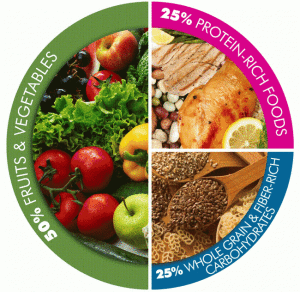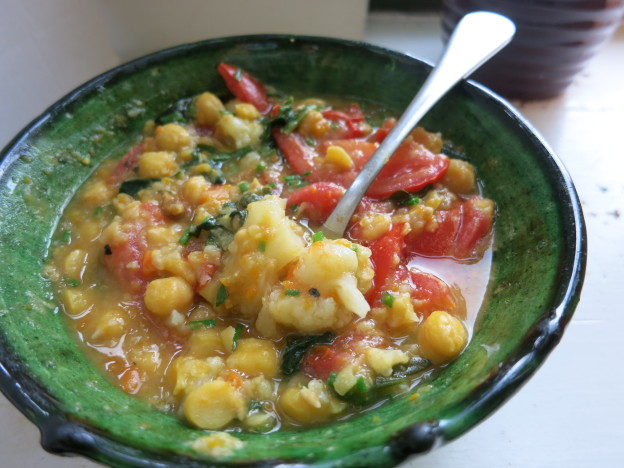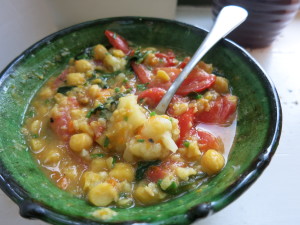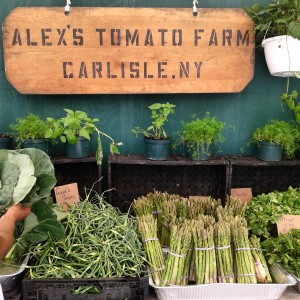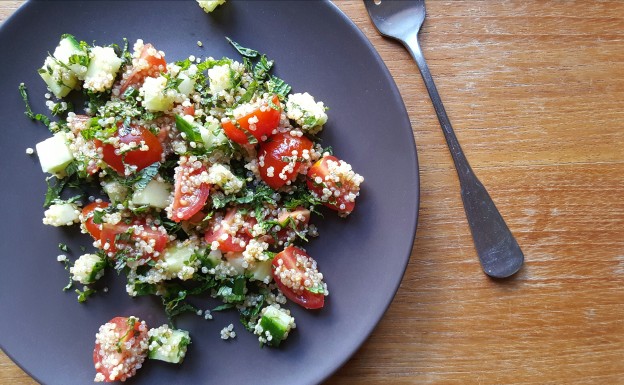The Farmers’ Markets have been so beautiful and inspiring over the last couple of months. I feel so lucky to be at a market almost every day! Corn has been amazingly fresh this summer, and it’s been a big hit at the markets. Check out the recipe below, courtesy of the Just Say Yes to Fruits and Vegetables program, for a refreshing, healthy and simple salad. Corn is also a great source of fiber. Who said healthy couldn’t be delicious? Make sure to read to the end, too. That’s where I give away my pro tips 🙂
For those of you who don’t know, I’m also chronicling my Farmers’ Market and cooking journeys on Instagram, so stop by for some photos and inspiration!
Raw Corn Salad
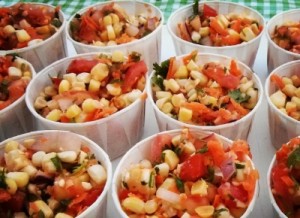 Corn is one of those vegetables that almost everyone loves. It’s bright and sweet, and just screams summer. While corn is quite popular, a lot of people don’t realize you can eat it raw! Yup, you heard me. RAW!
Corn is one of those vegetables that almost everyone loves. It’s bright and sweet, and just screams summer. While corn is quite popular, a lot of people don’t realize you can eat it raw! Yup, you heard me. RAW!
I remember the first time I had raw corn. I was driving back to NY from working at a retreat site in Maine. When we got to New Hampshire, one of my friends saw someone selling corn on the side of the road and demanded we stop. He bought a few ears and proceeded to eat the corn as it was, no cooking, no salt, no butter… nothing. I’d be lying if I said I wasn’t reluctant, but I was surprised at how sweet and delicious it was right off the cob.
Give it a shot and let me know what you think!
Ingredients:
4 ears of corn
2 tomato, chopped
1 red onion, chopped
2 carrots, grated
1/4 cup apple cider vinegar
2 tbs olive oil
1 cup cilantro, chopped
salt and pepper, to taste
Directions:
Remove the corn kernels from the the cob by running a knife along each side.
Mix together all ingredients and enjoy!
Pro tip: Get all the delicious juices from the cob by running the back of your knife along each side of the corn. No toothpicks or floss required!
Pro tip #2: If you’re anything like me, you hate to waste. Instead of throwing away the cobs, you can make a delicious and sweet corn stock by simmering them for 45 minutes with some onions and herbs (optional). Corn soup is awesome!
Till next time!
Samantha


